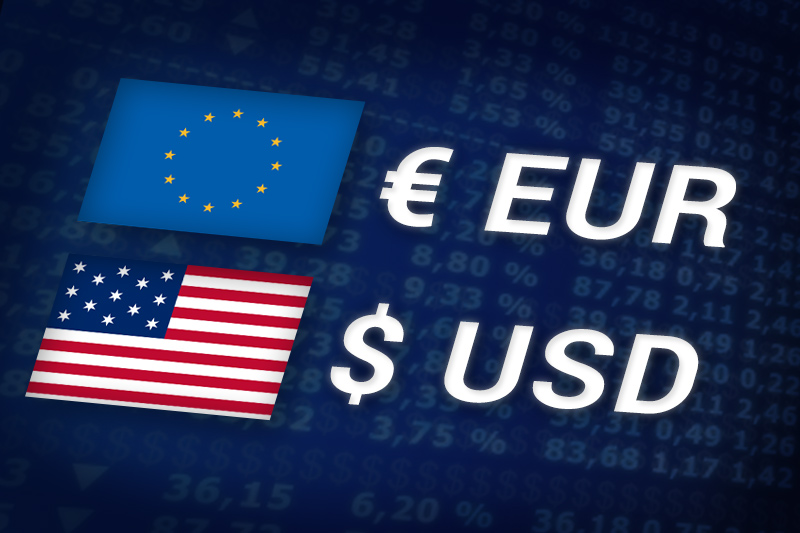Investing.com - The euro rose in early Asian trading on Monday, extending Friday's gains on talk a sluggish U.S. economy will prompt the Federal Reserve to stimulate the economy with easing measures that weaken the dollar.
In Asian trading on Monday, EUR/USD was trading up 0.02% at 1.2252, up from a session low of 1.2248 and off from a high of 1.2273.
The pair was likely to find support at 1.2163, the low from July 13, and resistance at 1.2334, the high from July 10.
Sluggish economic indicators that hit the wire in the U.S. on Friday sparked talk the Federal Reserve will roll out a third round of large-scale bond buybacks from banks, a monetary policy tool known as quantitative easing that pumps the economy full of liquidity, weakening the dollar in the process.
The Thomson Reuters/University of Michigan's preliminary reading on the overall index on consumer sentiment fell to 72.0 in July from 73.2 in June.
Analysts were expecting a 73.4 reading.
Soft Chinese growth figures sent the dollar climbing against the euro as well.
China's gross domestic product grew 7.6% in the second quarter, and while largely in line with expectations, the figure still fell well below the more robust 8.1% rate posted in the first quarter of this year.
The euro, meanwhile, was down against the pound and up against the yen, with EUR/GBP down 0.03% at 0.7862 and EUR/JPY trading up 0.01% at 96.99.
Later Monday, the eurozone will publish consumer price inflation data.
The U.S., meanwhile, will publish data on retail sales as well as figures on business inventories and manufacturing activity in New York.
In Asian trading on Monday, EUR/USD was trading up 0.02% at 1.2252, up from a session low of 1.2248 and off from a high of 1.2273.
The pair was likely to find support at 1.2163, the low from July 13, and resistance at 1.2334, the high from July 10.
Sluggish economic indicators that hit the wire in the U.S. on Friday sparked talk the Federal Reserve will roll out a third round of large-scale bond buybacks from banks, a monetary policy tool known as quantitative easing that pumps the economy full of liquidity, weakening the dollar in the process.
The Thomson Reuters/University of Michigan's preliminary reading on the overall index on consumer sentiment fell to 72.0 in July from 73.2 in June.
Analysts were expecting a 73.4 reading.
Soft Chinese growth figures sent the dollar climbing against the euro as well.
China's gross domestic product grew 7.6% in the second quarter, and while largely in line with expectations, the figure still fell well below the more robust 8.1% rate posted in the first quarter of this year.
The euro, meanwhile, was down against the pound and up against the yen, with EUR/GBP down 0.03% at 0.7862 and EUR/JPY trading up 0.01% at 96.99.
Later Monday, the eurozone will publish consumer price inflation data.
The U.S., meanwhile, will publish data on retail sales as well as figures on business inventories and manufacturing activity in New York.
